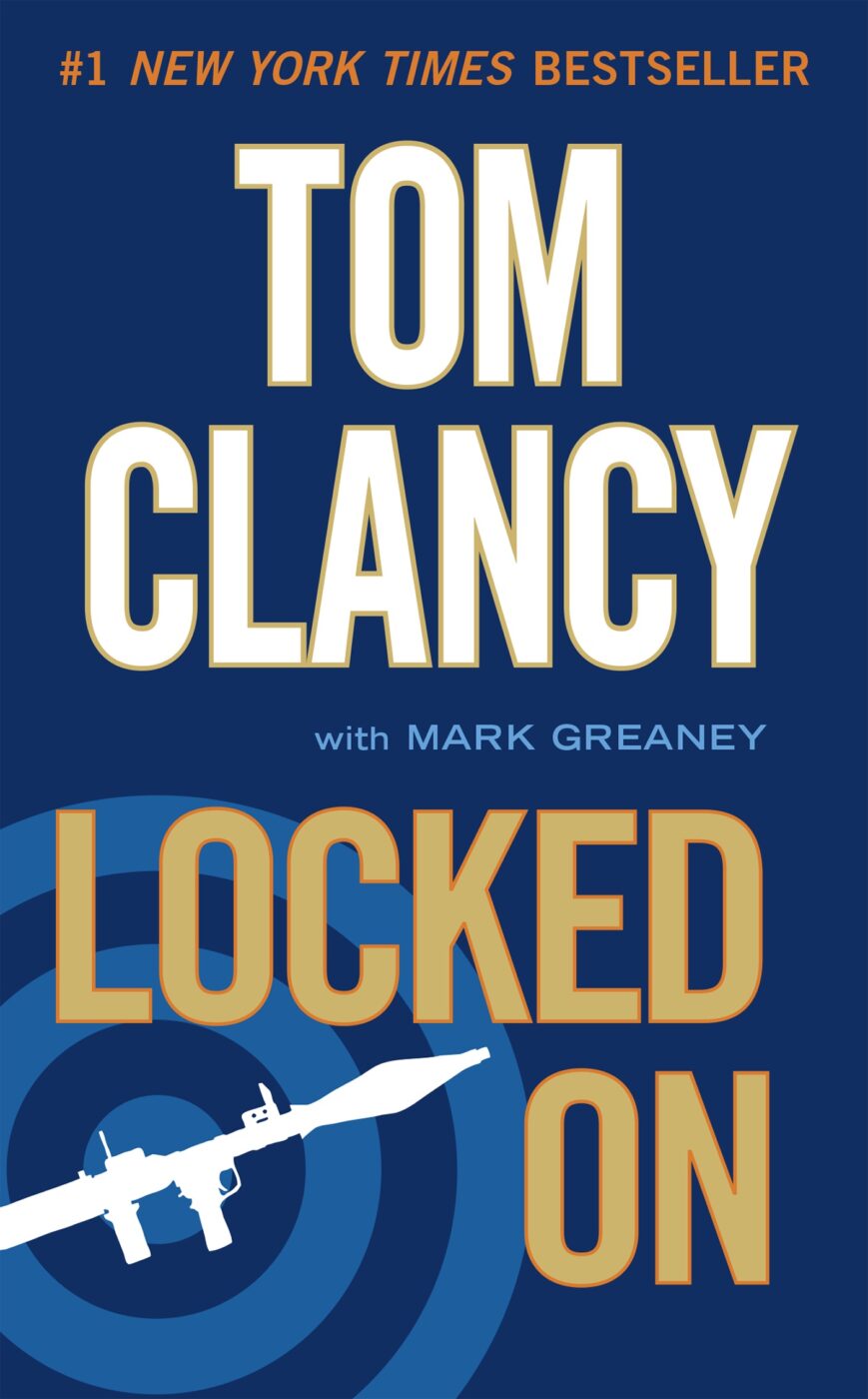In the village that would burn in seven minutes, the roosters slept.
There, in a barn at the center of the cluster of buildings on the rocky hillside, Israpil Nabiyev lay on a wool blanket above a bed of straw, and he tried to sleep. He tucked his head into his coat, crossed his arms tightly, and wrapped them around the gear strapped to his chest. His thick beard insulated his cheeks, but the tip of his nose stung; his gloves kept his fingers warm, but a cold draft through the barn blew up his sleeves to his elbows.
Nabiyev was from the city, from Makhachkala on the shore of the Caspian Sea. He’d slept in his share of barns and caves and tents and mud trenches under the open sky, but he had been raised in a concrete apartment block with electricity and water and plumbing and television, and he missed those comforts right now. Still, he kept his complaints to himself. He knew this excursion was necessary. It was part of his job to make the rounds and visit his forces every few months, like it or not.
At least he wasn’t suffering alone. Nabiyev never went anywhere alone. Five members of his security detail were bunked with him in the cold barn. Though it was pitch-black, he could hear their snores and he could smell their bodies and the gun oil from their Kalashnikovs. The other five men who’d accompanied him from Makhachkala would be outside on guard, along with half of the local force. Each man awake, his rifle in his lap, a pot of hot tea close by.
Israpil kept his own rifle within arm’s reach, as it was his last line of defense. He carried the AK-74U, a cut-down-barrel variant of the venerable but potent Kalashnikov. As he rolled onto his side to turn away from the draft, he reached out and put a gloved hand on the plastic pistol grip and pulled the weapon closer. He fidgeted for another moment like this, then rolled onto his back. With his boots laced on his feet, his pistol belt around his waist, and his chest harness full of rifle magazines strapped to his upper torso, it was damn hard to get comfortable.
And it was not just the discomforts of the barn and his gear that kept him awake. No, it was the gnawing constant worry of attack.
Israpil knew well that he was a prime target of the Russians, because he knew what they were saying about him—that he was the future of the resistance. The future of his people. Not just the future of Islamic Dagestan, but the future of an Islamic caliphate in the Caucasus.
Nabiyev was a top-priority target for Moscow, because he’d spent virtually his entire life at war with them. He’d been fighting since he was eleven. He’d killed his first Russian in Nagorno-Karabakh in 1993 when he was only fifteen, and he’d killed many Russians since, in Grozny, and in Tbilisi, and in Tskhinvali, and in Makhachkala.
Now, not yet thirty-five years old, he served as the military operational commander of the Dagestani Islamic organization Jamaat Shariat, the “Islamic Law Community,” and he commanded fighters from the Caspian Sea in the east to Chechnya and Georgia and Ossetia in the west, all fighting for the same goal: the expulsion of the invaders and the establishment of Sharia.
And, inshallah—God willing—soon Israpil Nabiyev would unite all the organizations of the Caucasus and see his dream fulfilled.
As the Russians said, he was the future of the resistance.
And his own people knew this, too, which made his hard life easier. The ten soldiers in his security force, along with thirteen militants of the local Argvani cell—each and every one of these men would proudly lay down his life for Israpil.
He flipped his body around again to shield it from the draft, moving the rifle with him as he tried to find some elusive comfort. He pulled the wool blanket over his shoulder and flicked the straw from his beard that came with it.
Oh, well, he thought to himself. He hoped none of his men would have to lay down his life before daybreak.
Israpil Nabiyev drifted to sleep in the darkness as a rooster crowed on the hillside just above the village.
The crowing of the rooster interrupted the transmission of the Russian lying in the weeds a few meters away from the big bird. He waited for a second and a third call from the rooster, and then he put his lips back to the radio attached to his chest harness. “Alpha team to overwatch. We have you in sight and will pass your location in one minute.”
There was no verbal response. The sniper overwatch team had been forced to close to within ten meters of the edge of a cinder-block shack in order to get a line of sight on the objective, another one hundred meters on. They would not speak, not even whisper, so near to unfriendlies. The spotter just pressed his transmit button twice, broadcasting a pair of clicks as confirmation that he’d received Alpha’s message in his earpiece.
Above the spotter, higher on the steep hillside, eight men heard the two clicks, and then they slowly approached in the black.
The eight men, along with the two-man sniper team, were troops from Russia’s Federal’naya Sluzhba Bezopasnosti, their Federal Security Service. Specifically, this team was part of the Alpha Directorate of the FSB’s Special Operations Center. The most elite of all Russian Spetsnaz units, the FSB’s Alpha Group were experts in counterterror operations, hostage rescue, urban assault, and a vast array of additional deadly arts.
All the men in this unit were alpinists, as well, though they possessed more mountain training than they needed for this hit. The peaks behind them, toward the north, were much higher than the hills of this valley.
But it was the other training these men possessed that made them the ideal fit for the mission. Firearms, edged weapons, hand-to-hand, explosives. This Alpha team was composed of hard-core select killers. Silent movers, black operators.
Through the night the Russians had advanced slowly, all senses on alert despite the hardships their bodies were forced to endure on the journey. The infiltration had been clean; in their six-hour insertion to their objective waypoint they had smelled nothing but forest and had seen nothing but animals: cows sleeping upright or grazing unattended in meadows, foxes darting into and out of the foliage, even large horned ibex high on the rocks of sheer mountain passes.
Alpha Group were no strangers to Dagestan, but they had more experience operating in nearby Chechnya because, frankly, there were more terrorists to kill in Chechnya than in Dagestan, though Jamaat Shariat seemed to be doing its best to catch up to their Muslim brothers to the west. Chechnya was more mountains and forest, the major conflict zones of Dagestan more urban, but this location, tonight’s Omega, or objective, split the difference. Wooded hills of rock all around a tight cluster of dwellings bifurcated by dirt roads, each road sporting a trench down the middle to drain the rainfall lower toward the river.
The soldiers had dropped their three-day packs a kilometer back, removing from their bodies everything save for tools of war. Now they moved with supreme stealth, low crawling through the pasture just above the village and then bounding in two-man teams through a corral. They passed their sniper team at the edge of the village and began darting between the structures: a feed shed, an outhouse, a single-family dwelling, and then a baked-brick and tin-roofed tractor shed. As they progressed, the men eyed every corner, every road, every black window, with their NODs—night observation devices.
They carried AK-105 rifles, hundreds of rounds of extra 5.45×39-millimeter cartridges in low-profile magazine chest rigs that allowed them to lie flat on the ground to hide from either a sentry’s eyes or an enemy’s gunfire. Their green tunics and green vests of body armor were smeared with mud and covered with grass stains and wet with melted snow and the sweat of their exertion, even out here in the cold.
On their belts, holsters held .40-caliber pistols, the Russian Varjag model MP-445. A few also carried suppressed .22-caliber pistols to muzzle guard dogs with a hushed 45-grain hollow-point admonishment to the head.
They found their target’s location, and they saw movement in front of the barn. Sentries. There would be others in nearby buildings; some would be awake, though their alertness would suffer at this time of the early morning.
The Russians made a wide arc around the target, cradling their rifles and crawling on their elbows for a minute before going to their hands and knees for two minutes more. A donkey stirred, a dog barked, a goat bleated, but nothing out of the ordinary for early morning in a farm village. Finally the eight soldiers spread around the back of the building, four groups of two, covering predetermined fields of fire with their Russian rifles, each weapon topped with an American EOTech holographic laser sight. The men peered intently at the red laser aiming reticle, or, more specifically, at the piece of window or door or alleyway that the red laser aiming reticle covered.
Then, and only then, did the team leader whisper into his radio: “In position.”
If this had been a regular hit on a terrorist stronghold, Alpha would have arrived in big armored personnel carriers or helicopters, and airplanes would have rained rockets on the village while Alpha leapt from their APCs or rappelled to the ground from their transport helos.
But this was no regular hit. They’d been ordered to attempt to take their target alive.
FSB intelligence sources said the man they were after knew the names, locations, and affiliations of virtually all the jihadist leadership in Dagestan, Chechnya, and Ingushetia. If he was picked up and drained of his intelligence value, the FSB could deal a virtual death blow to the Islamic cause. To this end, the eight men who crouched in the dark twenty-five meters from the rear of the target building were a blocking force. The attackers were on their way, also on foot and moving along the valley from the west. The attackers would, if the real world bore any resemblance to the op-plan, lead the target into the trap set at the back of the barn.
The op-plan was hopeful, Alpha Group decided, but it was based on knowledge of militant tactics here in the Caucasus. When ambushed by a larger force, the leadership would run. It was not that the Dagestani and Chechens were cowards. No, courage they possessed in spades. But their leaders were precious to them. The foot soldiers would engage the attackers, manning outbuildings and sandbagged bunkers. From there a single man with a single weapon could hold off an entire raiding force for the time it took the leader and his close protection detail to flee into impenetrable mountains that they would likely know as well as they knew the contours of their lovers’ bodies.
So the eight men of the Spetsnaz blocking force waited, controlled their breathing and the beating of their hearts, and prepared to capture one man.
In the administrative pouches of their ballistic plate carriers, each operator on the mission carried a beige laminated card with a photograph of the face of Israpil Nabiyev.
To be captured by these Russian Special Forces and have your face match the photo of the man they sought would be an unenviable fate.
But to be captured by these Russian Special Forces and have your face not match the photo of the man they sought would be even worse, because these Russians needed only one man in this village alive.







